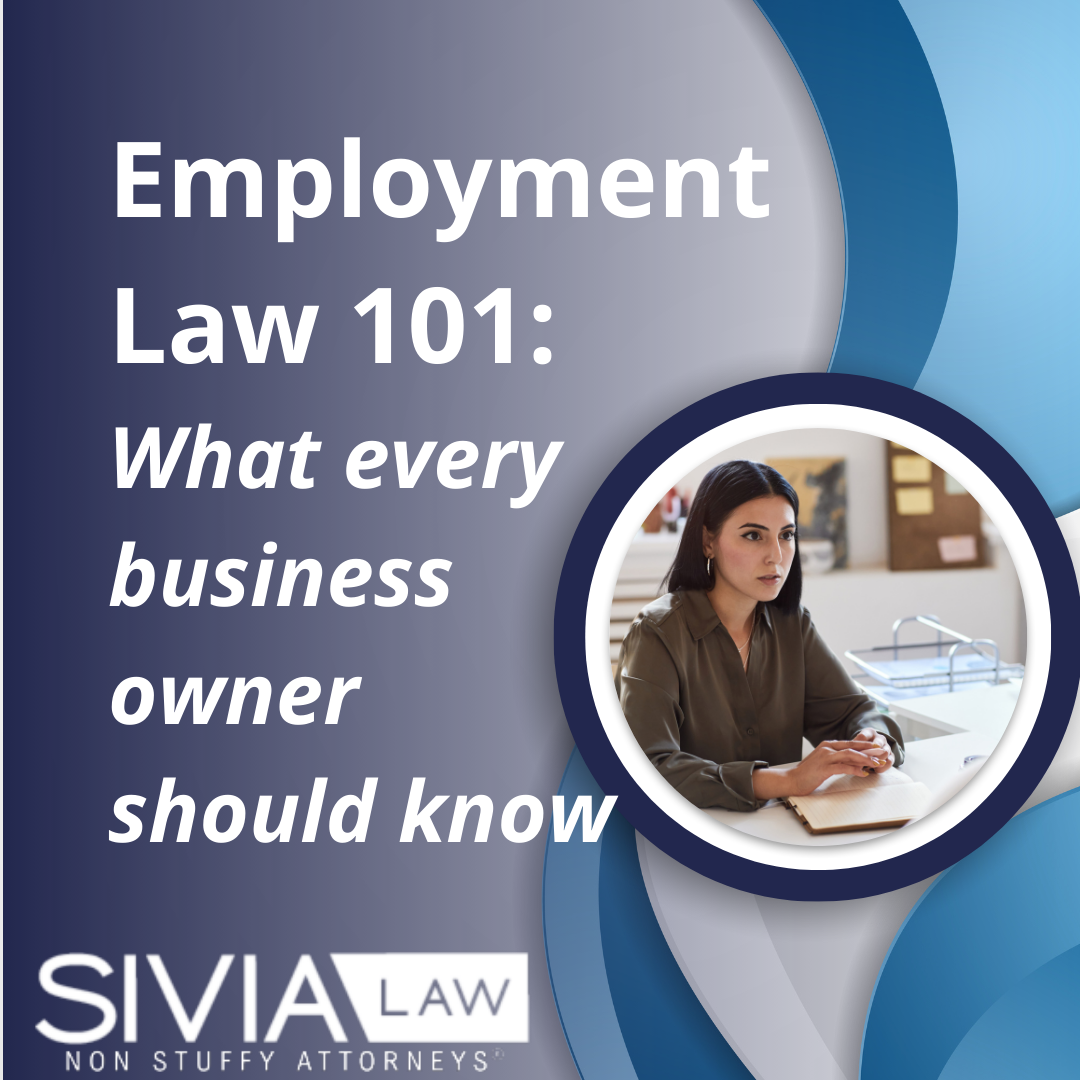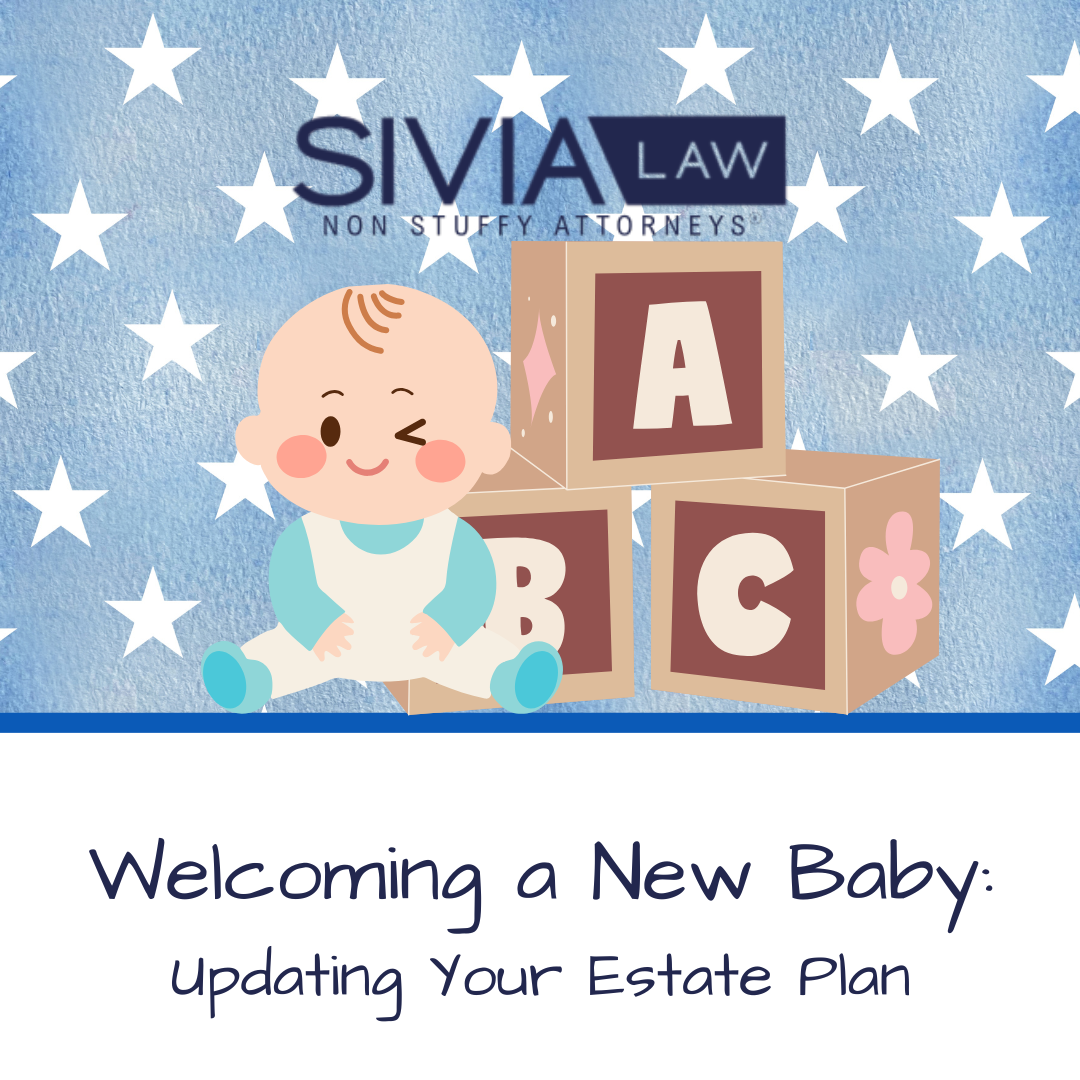What Is The SECURE ACT 2.0 & What Does It Mean For You?
The SECURE 2.0 Act is now law. The legislation provides a slate of changes that could help strengthen the retirement system—and Americans' financial readiness for retirement.

The law builds on earlier legislation that increased the age at which retirees must take required minimum distributions (RMDs) and allowed workplace saving plans to offer annuities, capping years of discussions aimed at bolstering retirement savings through employer plans and IRAs.
While SECURE 2.0 contains dozens of provisions, a few of the key highlights include:
- Increase in the required minimum distribution (RMD) beginning age to 73 in 2023 and 75 in 2033
- Higher retirement plan contribution limits for certain individuals
- Additional Roth retirement plan options
- Employer matches for qualified student loan payments
- Ability to roll over 529 assets to a Roth IRA for the 529 beneficiary
- New or expanded penalty exceptions for early withdrawals
Additional changes are meant to help younger people continue saving while paying off student debt, to make it easier to move accounts from employer to employer, and to enable people to save for emergencies within retirement accounts.
Here are 8 things SECURE 2.0 changes:
1. Changes to RMDs
The age at which owners of retirement accounts must start taking RMDs has increased to 73, as of January 1, 2023. The previous age to begin taking RMDs was 72, so individuals will have an additional year to delay taking a mandatory withdrawal of deferred savings from their retirement accounts.
Two important things to think about: If you turned 72 in 2022 or earlier, you will need to continue taking RMDs as scheduled. If you're turning 72 in 2023 and have already scheduled your withdrawal, you may want to consider updating your withdrawal plan. Good to know: SECURE 2.0 also pushes the age at which RMDs must start to 75 starting in 2033.
Starting in 2023, the steep penalty for failing to take an RMD decreased to 25% of the RMD amount not taken, from 50% previously. The penalty also is reduced to 10% for IRA owners if the account owner withdraws the RMD amount previously not taken and submits a corrected tax return in a timely manner.
Additionally, Roth accounts in employer retirement plans will be exempt from the RMD requirements starting in 2024.
And beginning immediately, for in-plan annuity payments that exceed the participant's RMD amount, the excess annuity payment can be applied to the year's RMD.
2. Matching For Roth Accounts
Employers will be able to provide employees the option of receiving vested matching contributions to Roth accounts (although it may take time for plan providers to offer this and for payroll systems to be updated).
Previously, matching in employer-sponsored plans were made on a pre-tax basis. Contributions to a Roth retirement plan are made after-tax, after which earnings can grow tax-free.
Important to know: Unlike Roth IRAs, RMDs from an employer-sponsored plan are required for Roth accounts until tax year 2024.
3. Qualified Charitable Distributions (QCDs)
Beginning in 2023, people who are age 70½ and older may elect as part of their QCD limit a one-time gift up to $50,000, adjusted annually for inflation, to a charitable remainder unitrust, a charitable remainder annuity trust, or a charitable gift annuity.
This is an expansion of the type of charity, or charities, that can receive a QCD. This amount counts toward the annual RMD, if applicable.
Note, for gifts to count, they must come directly from your IRA by the end of the calendar year. QCDs cannot be made to all charities.
4. Other Changes For Annuities
Qualified longevity annuity contracts (QLACs) are getting a boost. QLACs are deferred income annuities purchased with retirement funds typically held in an IRA or 401(k) that begin payments on or before age 85.
The dollar limitation for premiums has increased to $200,000 from $145,000 starting January 1, 2023. The law also eliminates a previous requirement that limited premiums to 25% of an individual’s retirement account balance.
5. Automatic Enrollment & Automatic Plan Portability
The legislation requires businesses adopting new 401(k) and 403(b) plans to automatically enroll eligible employees, starting at a contribution rate of at least 3%, starting in 2025. It also permits retirement plan service providers to offer plan sponsors automatic portability services, transferring an employee's low balance retirement accounts to a new plan when they change jobs.
The change could be especially useful for lower-balance savers who typically cash out their retirement plans when they leave jobs, rather than continue saving in another eligible retirement plan.
6. Emergency Savings
Defined contribution retirement plans would be able to add an emergency savings account that is a designated Roth account eligible to accept participant contributions for non-highly compensated employees starting in 2024.
Contributions would be limited to $2,500 annually (or lower, as set by the employer) and the first 4 withdrawals in a year would be tax- and penalty-free.
Depending on plan rules, contributions may be eligible for an employer match. In addition to giving participants penalty-free access to funds, an emergency savings fund could encourage plan participants to save for short-term and unexpected expenses.
7. Student Loan Debt
Starting in 2024, employers will be able to "match" employee student loan payments with matching payments to a retirement account, giving workers an extra incentive to save while paying off educational loans.
8. 529 Plans
After 15 years, 529 plan assets can be rolled over to a Roth IRA for the beneficiary, subject to annual Roth contribution limits and an aggregate lifetime limit of $35,000. Rollovers cannot exceed the aggregate before the 5-year period ending on the date of the distribution. The rollover is treated as a contribution towards the annual Roth IRA contribution limit.
Takeaways
While SECURE 2.0 provides increased opportunities to save for retirement, everyone's financial situation is different. As always, speak with an attorney, financial advisor or tax professional to understand how The SECURE Act 2.0 changes apply to you.
Interested in Working With Us?
If you need help with estate planning or any other legal concerns, we are here for you. Don't hesitate to contact our firm directly for assistance. Our dedicated team is ready to provide support and guidance to you and your loved ones during important life transitions.
Whether you're ready to schedule a strategy session to discuss your specific needs or if you're interested in exploring our wide range of complimentary guides and additional resources, we encourage you to get in touch with us.
With licensed attorneys and offices located in both Illinois and Missouri, we are well-equipped to serve clients in these regions. Reach out to us today and let us leverage our expertise and care to guide you through the legal process.
Helpful Guides
Begin your journey by taking advantage of our collection of complimentary guides.
Online Documents
Simple & Convenient, Cost Effective, Attorney Reviewed Documents.








